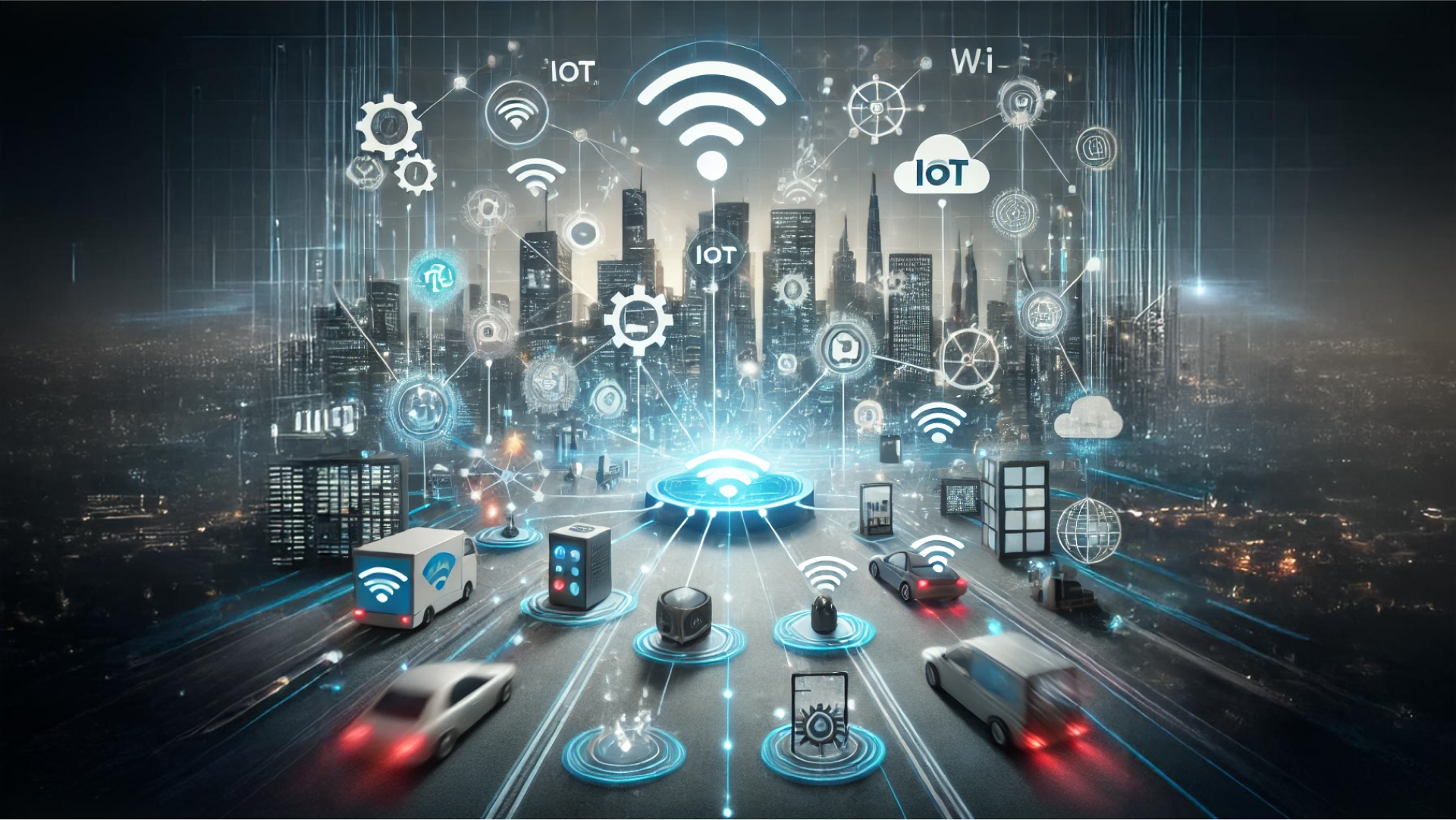The Internet of Things (IoT) initially envisioned as a means to connect ordinary objects to the internet, has evolved into an extensive network of interconnected devices spanning numerous industries and applications.
The design of IoT devices has witnessed significant transformations over time. In its nascent stages, IoT devices typically comprised standalone sensors or actuators with constrained computational abilities and connectivity options. These early devices were frequently bulky, costly, and necessitated manual configuration for deployment.
However, advancements in miniaturization, wireless communication technologies, and embedded systems have led to the development of smaller, more efficient IoT devices. Modern IoT devices come in a variety of form factors, ranging from tiny, battery-powered sensors to powerful edge computing devices. These devices are designed to be compact, energy-efficient, and capable of wireless communication with other devices and the internet.

The technical history of IoT:
In the early 2000s, the emergence of RFID (Radio Frequency Identification) technology laid the foundation for IoT by enabling the identification and tracking of objects using radio waves. This technology paved the way for applications such as inventory management, supply chain optimization, and asset tracking.
The widespread adoption of wireless networking technologies, such as Wi-Fi, Bluetooth, and Zigbee, further accelerated the growth of IoT by enabling seamless communication between devices over short and long distances. These wireless protocols allowed IoT devices to connect to the internet and communicate with each other, forming the basis of IoT ecosystems.
The development of low-power microcontrollers and sensors played a crucial role in enabling IoT devices to operate autonomously for extended periods on battery power. These advancements made it possible to deploy IoT devices in remote locations and harsh environments, expanding the scope of IoT applications in agriculture, environmental monitoring, and infrastructure management.
The concept of edge computing has emerged as a fundamental paradigm shift in IoT, enabling data processing and analysis to be performed closer to the source of data generation. This reduces latency, conserves bandwidth, and enhances privacy and security by processing sensitive data locally. If IoT systems are supported with AI, the possibilities are endless…
More infos and our IoT/AI based solutions: Monitwin, PigBrother here
 2024-03-20
2024-03-20  PODCAST
PODCAST
 share
share


 Our website uses cookies
Our website uses cookies